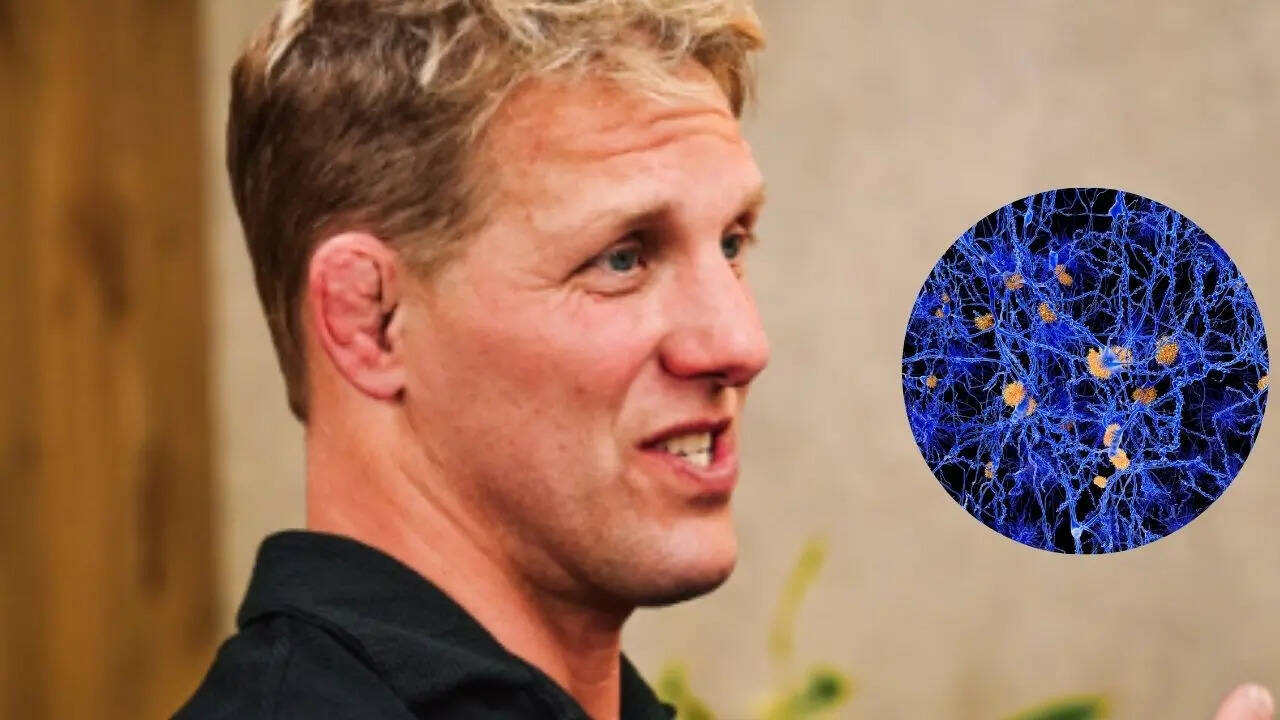Lewis Moody, England Rugby Legend, Diagnosed With Motor Neurone Disease: Are Athletes At Higher Risk?

Credits: Lewis Moody Instagram/Canva
SummaryLewis Moody has recently been diagnosed with Motor Neurone Disease (MND), a progressive condition that gradually weakens muscles over months or years. While it is often life-shortening and currently has no cure, treatments can help ease symptoms and improve quality of life. This raises an important question: are athletes at higher risk of developing MND? Let’s take a closer look and explore what the research says.
End of Article
